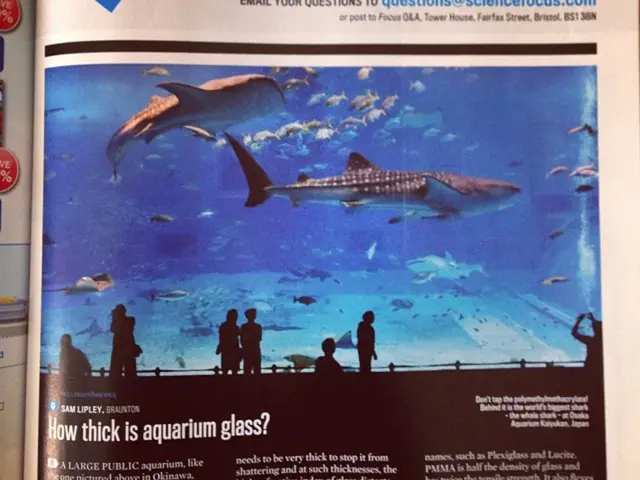These Selected Photos in the Astronomy Photographer of the Year Competition Radiate Intense Heat
Each year, the Royal Observatory in Greenwich evaluates celestial photographs for its Astronomy Photographer of the Year competition. The 16th edition does not disappoint, showcasing a variety of cosmic wonders. From distant spinning galaxies to colorful auroras on our very own planet, this year's contestants share an array of celestial delights.
If you're in the London area, you can view the finalists' shortlisted photographs at the National Maritime Museum in Greenwich. However, if you're not, you can still appreciate them below.
"A Cosmic Fireworks Display: The Geminid Meteor Shower"
© Jakob Sahner

The dazzling bursts of color depicted here are the Geminid meteor shower as observed from La Palma, one of the Canary Islands. The Milky Way also graces the background.
"A Milky Way Mirror: NGC 6744"
© Kevin Morefield

Located 30 million light-years away from Earth, the galaxy NGC 6744 shares a striking resemblance to our own Milky Way from such a distance.
"A Night of Valkyries": Iceland's Eystrahorn Mountain
© Jose Miguel Picon Chimelis

This breathtaking combination of pinks, yellows, and greens illuminates the night sky over Iceland’s Eystrahorn Mountain during a geomagnetic storm in December 2024.
"A Solar Whale Navigates the Sun's Surface"
© Eduardo Schaberger Poupeau
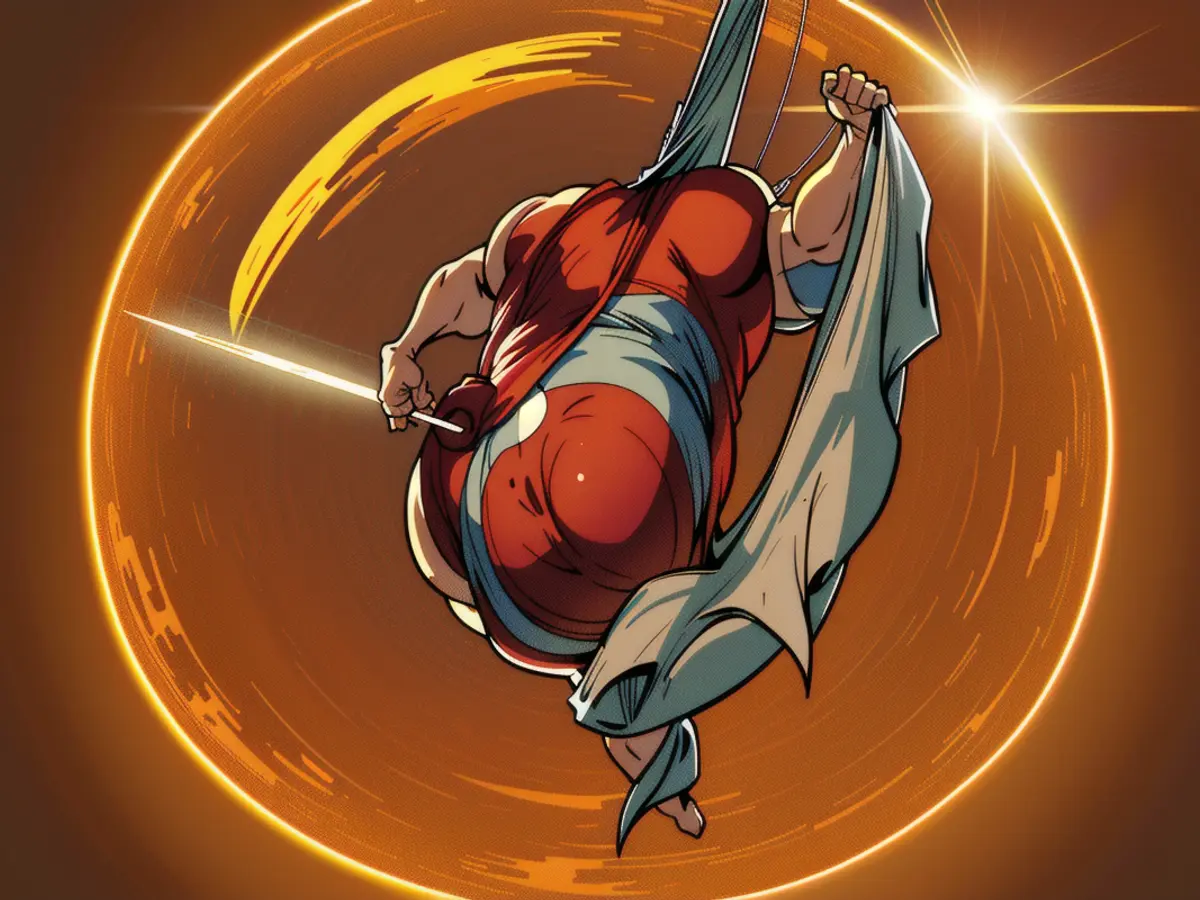
This intricate image reveals the Sun's turbulent surface, with a plasma filament looking somewhat like a whale swimming across the star's surface.
"Abandoned Castle: Namibia's Namib Desert"
© Stefan Liebermann

The desolate ruins of an abandoned building against the backdrop of the Milky Way, as seen in Namibia's Namib Desert, provide a captivating contrast.
"Ancestral Rocks": A Canary Island Caldera
© Andrea Curzi

These rock formations nestled in the Canary Islands' Teide National Park reveal the Milky Way's arc in the background.
"Arctic Draken: Iceland's Arctic Henge"
© Carina Letelier Baeza

As suggested by the title, the aurora above Iceland's Arctic Henge resembles a powerful, glowing green dragon.
"Aurora's Dance with the Milky Way: New Zealand's Castle Hill"
© Chester Hall-Fernandez
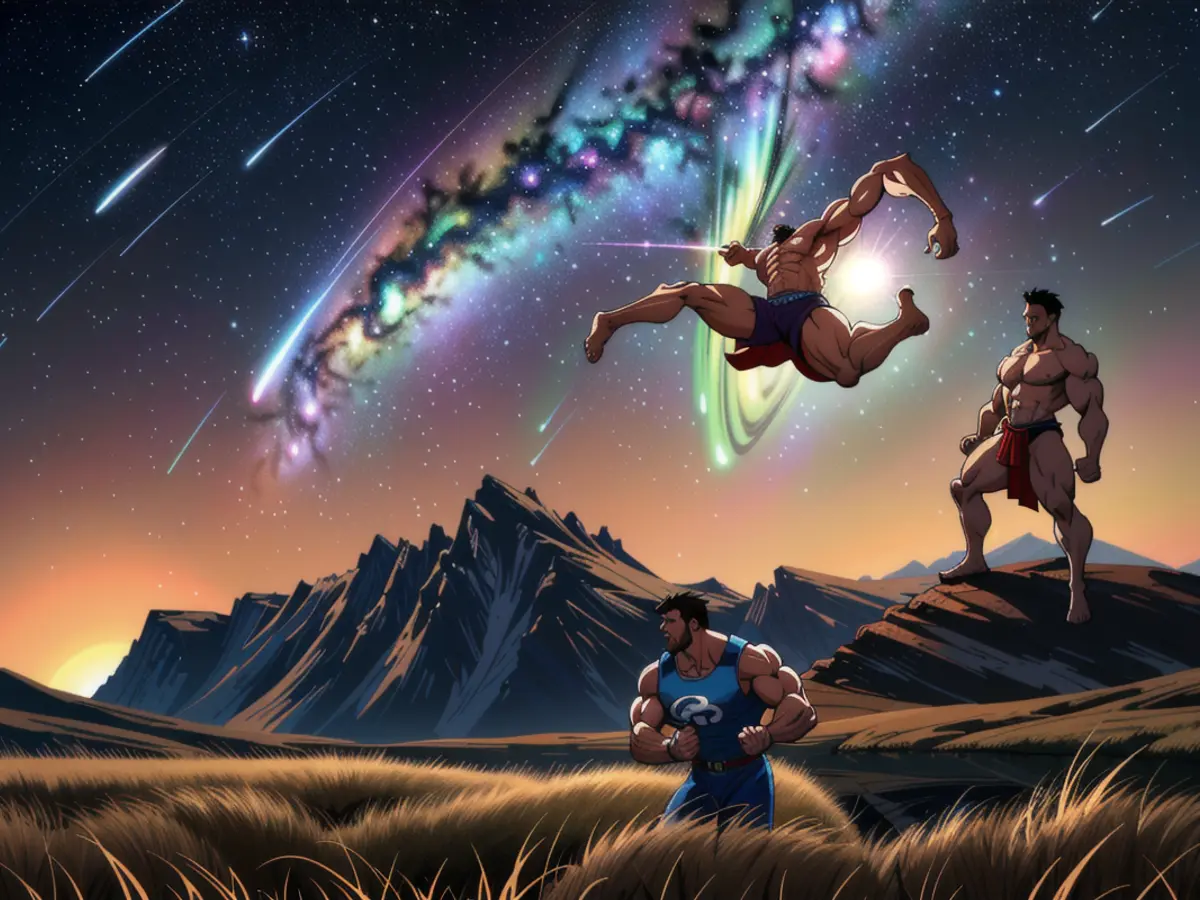
The deep reds of the Aurora Australis merge with the arc of the Milky Way below, creating a striking image as seen from New Zealand's Castle Hill.
"Cosmic Reflections: A Chinese Power Station"
© Jianfeng Dai

This trippy photo captures the reflection of various night sky light sources in the 12,000 mirrors of a Chinese power station.
"Universe and Milky Way: Japan's Volcanic Crater"
© Yoshiki Abe

A volcanic crater in Japan serves as the backdrop for this beautiful image of the Milky Way above.
"Vela Nebula's Blue Thread: The Gum Nebula"
© Charles Pevsner

This eye-catching blue filament is an integral part of the Vela supernova, which exploded approximately 11,000 years ago.
"Hunter's Moon and the International Space Station"
© Tom Glenn

The full moon in October, also known as a Hunter's Moon, is flanked by the International Space Station in this captivating photograph.
"M81: The Grand Spiral Galaxy"
© Holden Aimar
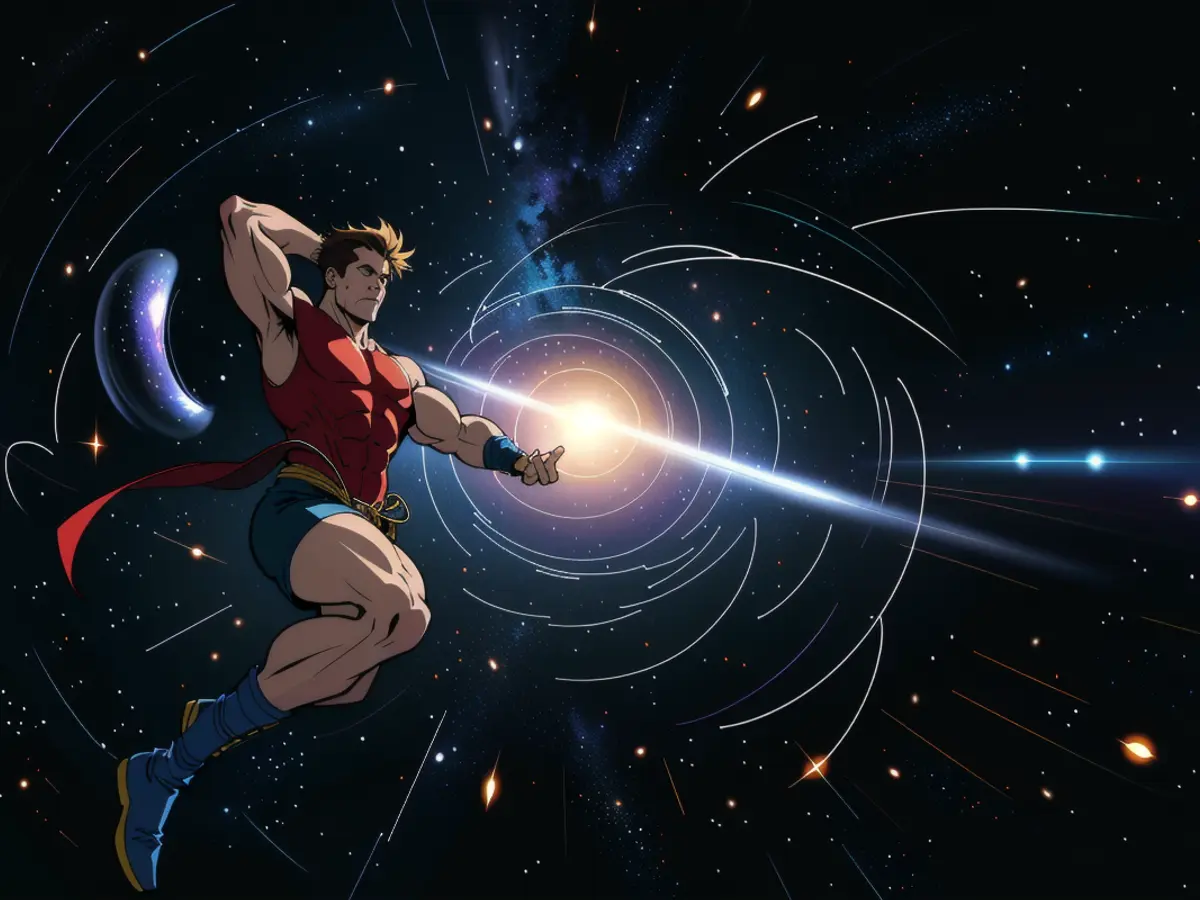
Located 11.75 million light-years away in the constellation Ursa Major, this magnificent galaxy presents an unforgettable cosmic sight.
"M100: The Blowdryer Galaxy and Ceres"
© Damon Mitchell Scotting

Ceres, the dwarf planet, can be spotted as four bright specks transiting in front of M100, also known as the Blowdryer Galaxy.
"The Scream of a Dying Star"
© Yann Sainty

This eerie photo captures the remnants of a supernova, resembling the howling figure of Edvard Munch's "The Scream."
"Misty Mountains: Hungary's Pelican Nebula"
© Bence Tóth

The dust and gas structures of the Pelican Nebula in Hungary, as seen through a telescope, create a mesmerizing image.
"Marian Darkness: Martian Dementors"
© Leonardo Di Maggio

The Mars Reconnaissance Orbiter offers a unique perspective of the Martian landscape, revealing abstract patterns that resemble sinister creatures.
"Observations in the Night: The Isaac Newton Telescope"
© Jakob Sahner

This stunning image of the Isaac Newton Telescope in the Canary Islands reveals the top right corner of the Milky Way's Cygnus region.
"Journey to Carina": A Nambian Stone Sculpture
© Vikas Chander

This intriguing photo features a stone figure mid-stride in Namibia. The Carina Nebula, a target for the Webb Space Telescope, can be seen in the top right corner.
"Saturn, the Ringmaster, and His Six Moons"
© Andy Casely
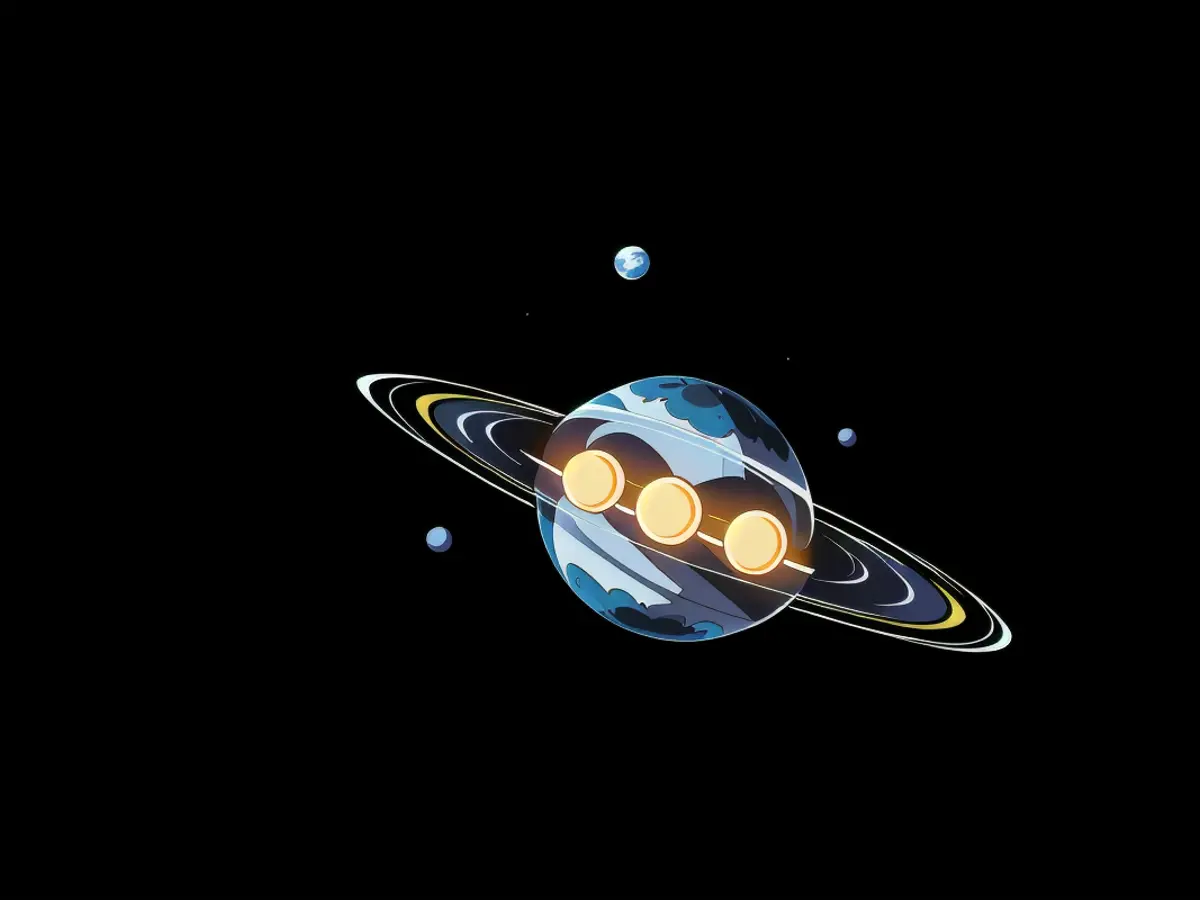
Saturn, with its iconic rings, is joined by six of its moons in this stunning image.
"Serpentine Whirl: Norfolk's Snettisham Beach"
© Paul Haworth

This captivating image shows the remains of a jetty on Norfolk's Snettisham Beach, swirling under the night sky's stars.
"Solar Dynamics: Sunspots and Eruptions"
© Wenlian Li

This image showcases the Sun's continued activity, with darker regions associated with the star's magnetic field.
"Blue Lights of the Pleiades: Spain's Nerpio"
© Sándor Biliczki

The brilliant blue lights of the Pleiades, a star cluster, are easily visible from Nerpio, Spain.
Jupiter, alongside its moons Io and Ganymede, is a fascination for scientists due to Io's bleak and volcano-ridden terrain.
"The Erupting Dragon"

© Moritz Telser
This image presents a similar impression to a legendary, soaring serpent, shrouded in myth. The photograph's monochromatic tones provide a unique take on one of Earth's most colorful, natural wonders - auroras.
"The Cosmic Consumer"

© ShaRa
This foreboding image points to a galaxy's imminent destruction (top left) at the hands of CG4, a colossal cloud of gas and dust in the cosmos.
"The Inner Dust Lanes of M104 (The Sombrero Galaxy)"

© Kevin Morefield
This image, obtained through a telescope at Chile's El Sauce Observatory, displays the exceptionally level M104, also known as the Sombrero Galaxy, complete with the dust that permeates the object.
"The International Space Station Daytime Moon Transit"

© Kelvin Hennessy
A composite image composed of multiple frames, showcasing the ISS passing in front of the Moon.
"The Himalayas' Spectrum"
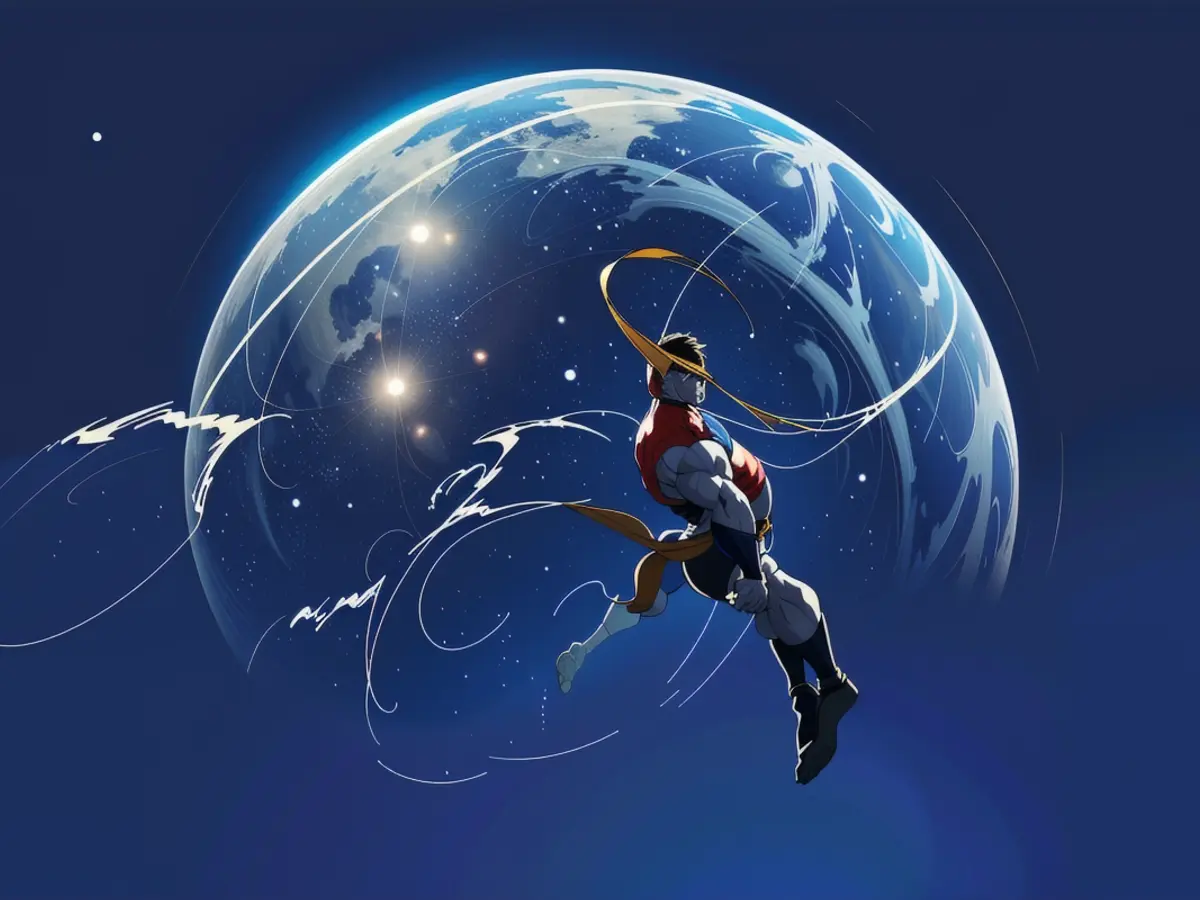
© Geshuang Chen
A breathtaking rainbow of the Sun's corona, as it manifests in altostratus clouds above the Himalayan mountains.
"Complete Solar Eclipse"

© Gwenaël Blanck
An undeniable inclusion in any astronomy collection - the image of a total solar eclipse. This one was captured in Australia in April 2023; it consists of seven images combined, each capturing different stages of the eclipse.
In the future, advancements in technology and science may allow us to explore the intricate details of galaxies like NGC 6744, which shares a striking resemblance to our own Milky Way from a distance. Space exploration, fueled by breakthroughs in technology, could even lead us to witness the auroras on other planets, just like the captivating "Aurora's Dance with the Milky Way: New Zealand's Castle Hill" we see today.




